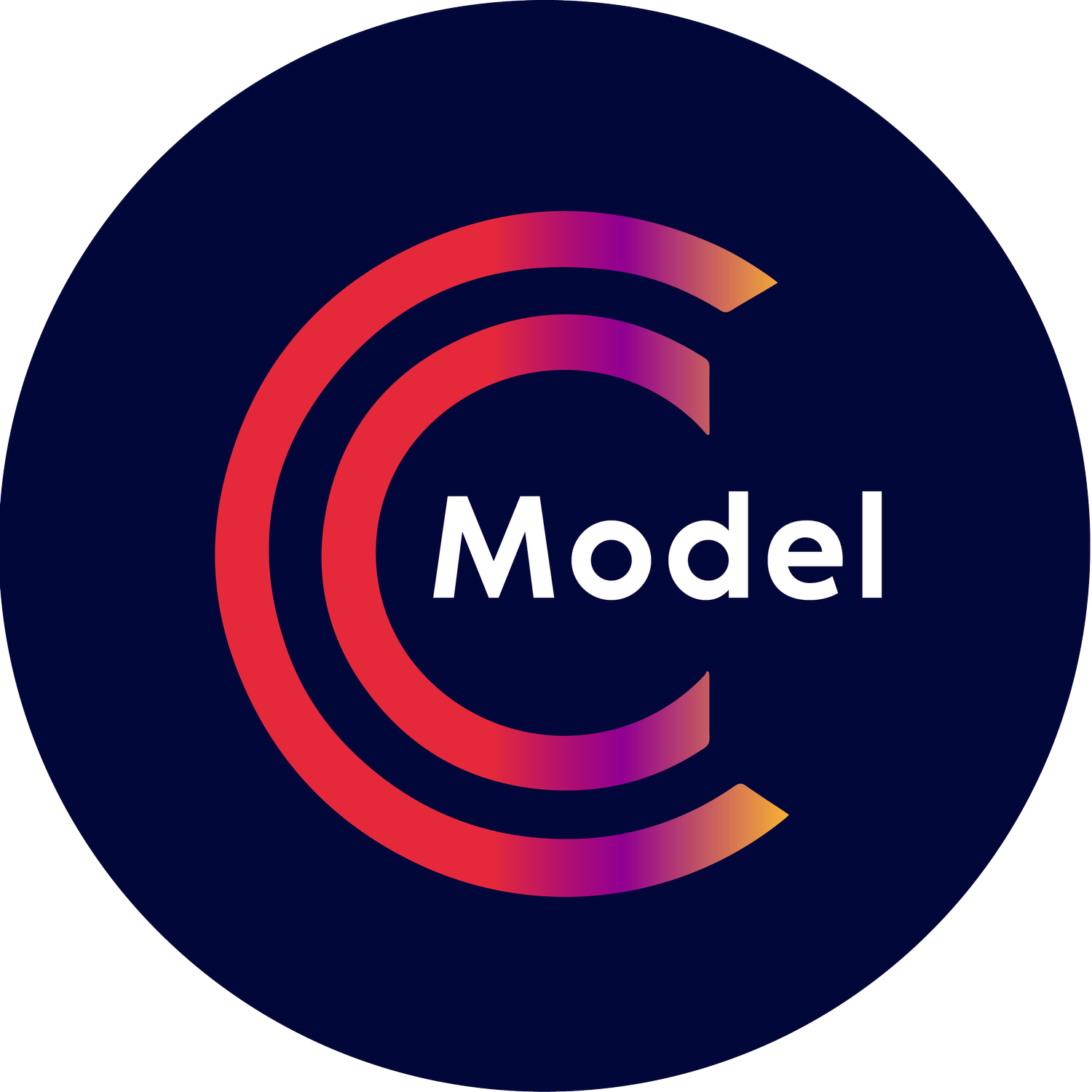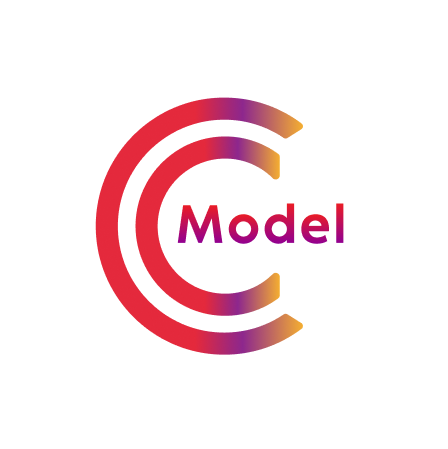Understanding Business Growth Stages for Effective Decision Making
Welcome to the intersection of data-driven decision-making and business growth stages. When it comes to modern commerce, the ability to understand and navigate through various stages of business growth is fundamental to sustained success.
We have prepared a guide to help leaders understand the importance of knowing their growth stage, and unlock insights into how to progress through the board. Why? Because at the end of the day, there is a symbiotic relationship between understanding your business's growth stage and leveraging a variety of tools for optimal decision-making.
The ‘Who’ and the ‘What’.
First things first, you might be asking what is the growth stage? What does that even mean?
The concept of business growth stages evolved from collective insights of several scholars, economists, and business practitioners over time. While there isn't a singular authority defining these stages, the work of influential figures such as Joseph Schumpeter, Daniel Levinson, Larry Greiner, and James Fischer has been pivotal in shaping our understanding.
These thinkers proposed models and frameworks that delineate the various phases of organizational growth, each characterized by distinct attributes and challenges. Further, the practical experiences and observations of business consultants and industry experts - like CModels CEO, Teasha Cable - have further enriched our comprehension of these stages, offering valuable insights into how businesses navigate through different phases of development.
As a result, the concept of businesses having a specific growth stage is a product of ongoing research, observation, and collaboration across diverse fields, underscoring the dynamic nature of business evolution and entrepreneurship.
The ‘How’.
Take a moment here to think about every decision made in a business, it’s always - or should always - based on some data or information. Your growth stage determination is no different. Data is not just a commodity — it's a compass guiding organizations through the complex terrain of growth stages.
Understanding your business's growth stage requires tapping into a diverse array of data types that illuminate various facets of your operations. Assessing your business's growth stage involves a comprehensive evaluation encompassing:
Financial Analysis: Scrutinize key financial metrics such as revenue growth, profitability, and cash flow to gauge your business's financial health.
Market Positioning: Evaluate your competitive landscape, customer base, and market share to ascertain your position within the industry ecosystem.
Operational Efficiency: Analyze operational metrics and efficiency indicators to identify areas of improvement and optimization.
Utilizing CORA: Leverage CORA's robust analytics capabilities and decision support functionalities to gain deeper insights into your business's growth stage and strategic imperatives.
Harnessing the power of these diverse data streams, allows businesses to unlock deeper insights into their growth stage, paving the way for informed decision-making and strategic planning. But what does this mean on paper? Take a look below at these examples of how your growth stage directly corrolates to your businesses behavior.
Existence Stage: This embryonic phase is characterized by the birth of your business idea, where survival is paramount amidst uncertainty and limited resources.
Survival Stage: In the survival stage, businesses battle against formidable odds, striving to stabilize operations and secure a foothold in the market.
Success Stage: Businesses in the success stage have achieved a level of stability and profitability, establishing themselves as reputable players within their industry.
Growth Stage: The growth stage heralds a period of expansion and innovation, where businesses capitalize on momentum and explore new avenues for scaling.
Maturity Stage: At the pinnacle of the business lifecycle, the maturity stage represents a phase of consolidation, where maintaining market share and fostering longevity become focal points.
Each growth stage presents unique challenges and opportunities, necessitating tailored strategies and informed decision-making.
On top of this, the nature of your businesses growth will make additional impacts on your behavior. If you’re an exponential growth business, you’ll behave differently to a sustainable growth business.
The ‘Why’.
Understanding your business's growth stage is akin to possessing a compass in uncharted waters. It enables you to:
Align Strategies: Tailor your approach to reflect the specific needs and objectives pertinent to your current growth stage.
Optimize Resources: Allocate resources judiciously, prioritizing investments that align with your growth trajectory while mitigating inherent risks.
Identify Opportunities: Recognize emerging trends and market dynamics, positioning your business to capitalize on growth opportunities while navigating potential pitfalls.
AI, particularly tools like CORA, thrives on data-rich environments where insights are drawn from nuanced understanding. Incorporating knowledge about a business's growth stage enhances the effectiveness of AI algorithms by providing context and relevance to the data being analyzed.
With this information, AI systems can tailor recommendations and predictive models to suit the specific needs and challenges associated with each growth stage. For instance, in the survival stage, AI might prioritize recommendations geared towards cost optimization and operational efficiency, while in the growth stage, it may focus on identifying expansion opportunities and optimizing resource allocation for scalability.
By leveraging insights derived from growth stage analysis, leaders can not only enhance their decision-making accuracy but also empower the business to proactively anticipate and respond to market dynamics, thereby driving sustainable growth and competitive advantage. In essence, the synergy between growth stage knowledge and AI capabilities represents a formidable force in today's data-driven business landscape, fostering innovation, agility, and strategic agility.
The ‘When’.
If you’ve read everything above already, you should have a pretty good surface level understanding of a growth stage, and why it’s important to know what yours is. But what you maybe wondering is ‘when’ do you need to know this. The short answer? From day 1. For long answer… well, let’s get into that.
It’s no secret that the sooner you as a leader understand your businesses stage, the better. Your behavior, your teams behavior and your businesses output is all impacted by this information. Your business's growth stage exerts a profound influence on your behavior and decision-making processes, impacting:
Goal Setting: Establish realistic and aspirational goals tailored to your growth stage, fostering alignment and accountability across your organization.
Resource Allocation: Optimize resource allocation, directing investments towards initiatives that align with your strategic objectives and growth trajectory.
Adaptability: Cultivate a culture of adaptability and agility, embracing change as a catalyst for innovation and sustainable growth.
When we asked all of our customers which stage their business was in, around 40% came back with the wrong answer. They all though their business was further towards success and maturity than they were. This meant their priorities were more on expansion at all costs, rather than establishing market share and monitoring their cash flow properly.. sometimes - sadly - it shows the difference between a business that lasts, and one that doesn’t.
Take this assessment here to find out what stage your business truly is at.
The ‘Good’!
CModel’s CORA has the ability to serve as your strategic ally in the pursuit of informed decision-making, offering:
Growth Stage Insights: Seamlessly integrate growth stage analysis into your decision-making framework, leveraging CORA's predictive analytics to anticipate market trends and capitalize on growth opportunities.
Scenario Planning: Harness CORA's scenario planning capabilities to model potential outcomes and assess the impact of strategic initiatives across different growth stages.
Real-Time Data Analysis: Access real-time data analytics and actionable insights, enabling you to make informed decisions with confidence and precision.
The journey of growth stages intertwines with the power of data-driven decision-making, offering leaders a compass to navigate the complexities of the market landscape. It’s evident that understanding your business's growth stage isn't just about knowing where you stand — it's about leveraging that knowledge to drive informed strategies and actions. From the seminal insights of industry luminaries to the practical applications of tools like CORA, the journey underscores the importance of embracing change, adaptability, and foresight.
As leaders embark on this transformative journey, armed with a deeper understanding of growth stages and the tools to harness their potential, they pave the way for sustained success and resilience in the face of uncertainty, charting a course towards a future defined by innovation, agility, and strategic clarity.
Want to know more about how CModel can help you determine your businesses growth plan? Get in touch, today!


